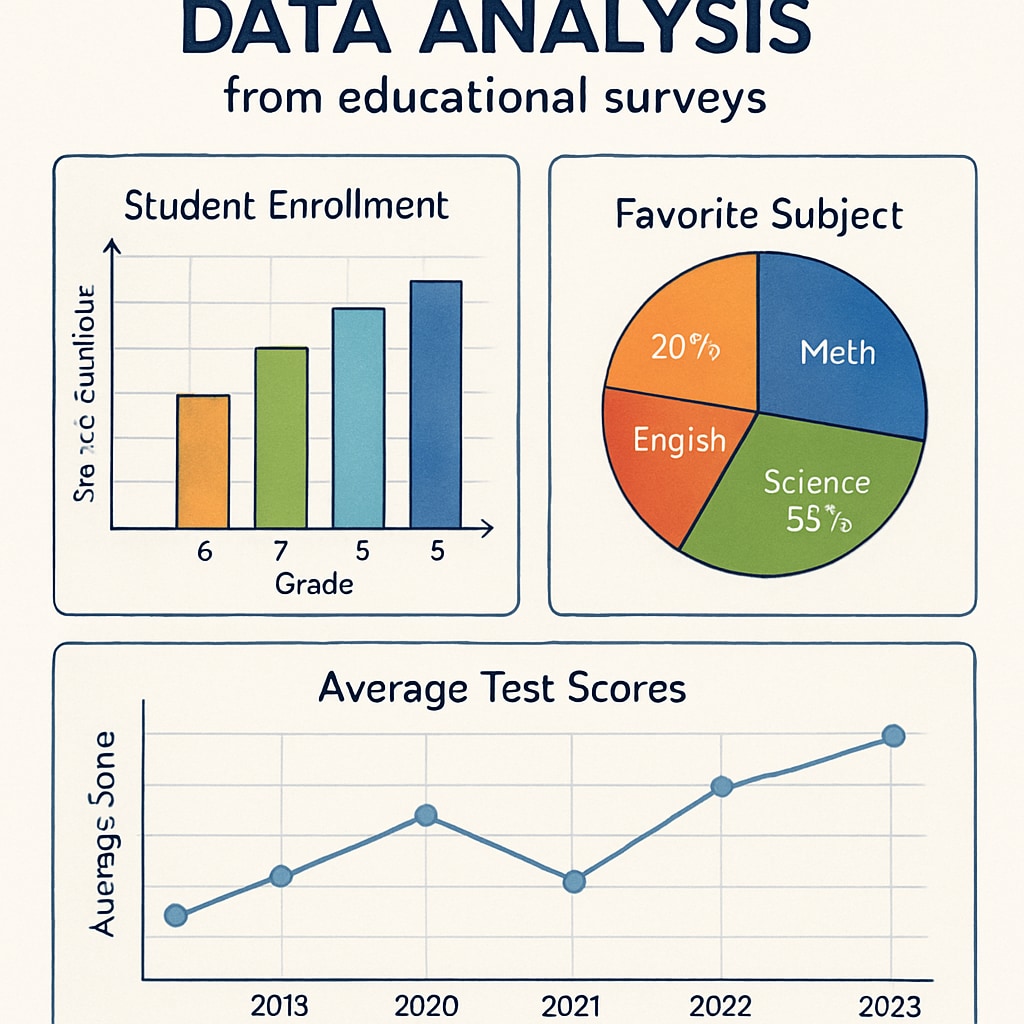In today’s rapidly evolving educational landscape, research surveys have emerged as a crucial tool for uncovering effective learning methods that can reshape K12 education. By gathering insights through well-designed questionnaires, educators, parents, and other stakeholders can bridge the gap between theory and practice, driving data-informed changes in teaching methodologies. This article delves into the significance of such surveys, the transformative potential they hold, and how you can contribute to this groundbreaking effort.
The Importance of Research Surveys in Education
Research surveys play a pivotal role in identifying learning strategies that truly work for students. These questionnaires enable researchers to collect large-scale data directly from students, teachers, and parents, offering a comprehensive view of what approaches foster academic success. For example, surveys might reveal how personalized learning techniques impact student performance compared to traditional methods. This data becomes the foundation for evidence-based educational reform.

Moreover, surveys help address the diverse needs of K12 students. By analyzing responses, educators can identify trends such as the effectiveness of digital tools, the benefits of group study, or the challenges in remote learning environments. According to Educational Research on Wikipedia, incorporating data-driven practices into classrooms has proven to boost student outcomes significantly.
Effective Learning Methods: Bridging Theory and Practice
One of the most exciting aspects of research surveys is their ability to connect theoretical principles with practical applications. For instance, cognitive psychology often emphasizes techniques like spaced repetition and active recall as effective study methods. Surveys can validate these theories by investigating their success in real-world classrooms. As a result, educators can implement strategies tailored to the actual needs of their students.

In addition, the data collected can inform the development of new teaching tools and resources. For example, a survey might highlight the need for interactive learning platforms that cater to specific age groups. Such findings can inspire innovations that redefine K12 education. The transformative power of surveys is also highlighted in the Education section on Britannica, which discusses the role of research in shaping future learning environments.
Be Part of the K12 Education Revolution
Your participation in research surveys can make a real difference. Whether you’re a student, parent, or educator, your insights contribute to a broader understanding of effective learning methods. Imagine the impact of knowing how to optimize study habits, improve classroom engagement, and address learning difficulties—all based on real-world data.
Here’s how you can get involved:
- Complete questionnaires provided by reputable education organizations.
- Share survey opportunities within your community to maximize participation.
- Provide honest and detailed feedback to ensure high-quality data collection.
As a result of your input, educators can develop systems that cater to diverse learning needs, empowering students to achieve their full potential. This collective effort has the potential to transform K12 education into a dynamic, inclusive, and effective system for all learners.
Concluding Thoughts: A Data-Driven Path Forward
Research surveys are more than just data collection tools; they are a bridge between theoretical knowledge and practical application. By participating in these surveys, you’re contributing to the development of effective learning methods that can positively influence the future of K12 education. The journey toward educational transformation begins with understanding what works—and that understanding starts with you.
Readability guidance: To ensure clarity, we’ve utilized short paragraphs, active voice, and concise language. Lists simplify complex points, while over 30% of sentences include transition words to enhance flow and readability.


